Prerna Sethi Dua
Louisiana Tech University, Department of Health Information Management
Project Title
A Predictive Modeling Framework for Continued Investigation of Disparity in Colorectal Cancer Screening
Mentors
Ronald Horswell, Pennington Biomedical Research Center
Walter J. Lukiw, Ph.D., Louisiana State University Health New Orleans, Neuroscience Center of Excellence
Mark DeCoster, Ph.D., Louisiana Tech University
Funding Periods
Translational (May 1, 2018 - April 30, 2019)
Project R9 (May 1, 2010 - April 30, 2015)
Pilot Project (Sept 1, 2008 – April 30, 2010)

Abstract
Microarray gene expression analysis, an important component in the design of in-silico molecular medicine methods, has made possible to monitor the expression level of thousands of genes under different samples (conditions) at the same time. The analysis can yield novel information regarding cellular mechanisms, regulatory functions of genes, functions of genes and proteins, gene network structure, and pathways, and can relate the risk of being affected by diseases to gene expression profiles which are characteristics for phenomenon such as Alzheimer’s Disease (AD). Particularly in AD where the effective diagnosis includes annotation, early detection, distinction, and prediction, data mining and statistical approaches offer the promise for precise, accurate, and functionally robust analysis of gene and protein expression data. In this proposal we will investigate into the miRNA expressions of AD patients and age-matched controls by designing and developing algorithms to discover correlated and co-regulated sets of miRNA patterns that have a biologically significant role in the progression of Alzheimer’s. Our approach lies in the design and development of computationally efficient algorithms for dimensionality and noise reduction followed by supervised classification of gene expression data using the theory of association rules and clustering with the biological characterization of sets of genes discovered. We hypothesize that rank-based associations for unsupervised clustering can provide biologically significant correlations among co-regulated miRNA profiles with a higher specificity and sensitivity. The proposed approach will have the following algorithmic components as specific aims: a) Design algorithms for dimensionality reduction of gene expression data using the statistical indicators of “housekeeping” genes as the underlying factor of control, b) Design and develop algorithms for finding correlations in subspaces of high dimensional gene, protein expression data using theory of association rules, c) Design and develop metrics for clustering to synopsize the high dimensional gene correlations for better biological interpretation, d)Perform validation for evaluation for the discovered sets of genes for their biological significance, and e) Develop an open-source tool-kit, by incorporating the developed algorithms.
We will objectively achieve the aims of the Computational and Structural Biology core of LA-INBRE by fostering new collaborations across the State and extensively leveraging the computational resources made available through the Data Mining laboratory in the College and LONI for the design and development of algorithms.
